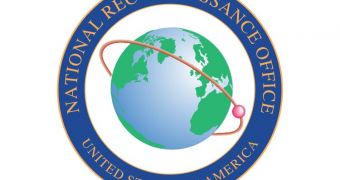Officials at the US National Reconnaissance Office (NRO), the agency in charge of operating American spy satellites, decided to hand over command of two observation instruments to NASA. The assets will be used as astronomical observatories starting no earlier than 2020.
The original design of the telescopes has not been revealed by either NASA, or the NRO. Their mission also remains classified. All that the media was told was that they were intended to fly on NRO reconnaissance satellites.
Remarkably, each of the two instruments is potentially more powerful than the Hubble Space Telescope, the flagship observatory the American space agency operates in low-Earth orbit. It's important to note here that the latter's last upgrade was in May 2009.
Yet, its performances may still be inferior to those of the NRO observatories. Hubble has been orbiting the planet for more than 22 years, and you'd be hard-pressed to find a basic science or astronomy book that does not feature at least one of its iconic images, Space reports.
The telescope features a 2.4-meter (7-foot, 10-inches) main mirror, as opposed to the two instruments' 8-foot main mirrors. However, the latter also feature secondary mirrors that contribute to refining image quality, whereas the NASA satellite does not.
The main problem with this donation – which was announced in a surprise statement – is that the two assets cannot be used right away. They first need to be repurposed for astronomical observations. Officials from both agencies said that 2020 was the earliest possible launch target.
Funding is also an issue, since the NRO did not offer to support the cost of reconversion and launch. However, NASA may find it convenient to support these costs, since it has no successor for Hubble lined up. The James Webb Space Telescope operates at other wavelengths than the iconic spacecraft.
NASA officials already announced plans to use at least one of the two telescopes to hunt for dark matter, the stuff believed to make up around 23 percent of the Universe's mass-energy budget.
They added that the two assets look similar to Hubble. They are cylindrical in shape, and are covered in about the same insulating material that protects the NASA observatory from the harsh conditions of space.

 14 DAY TRIAL //
14 DAY TRIAL //